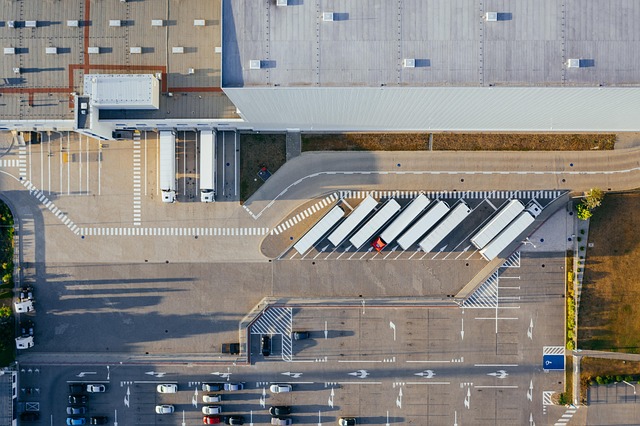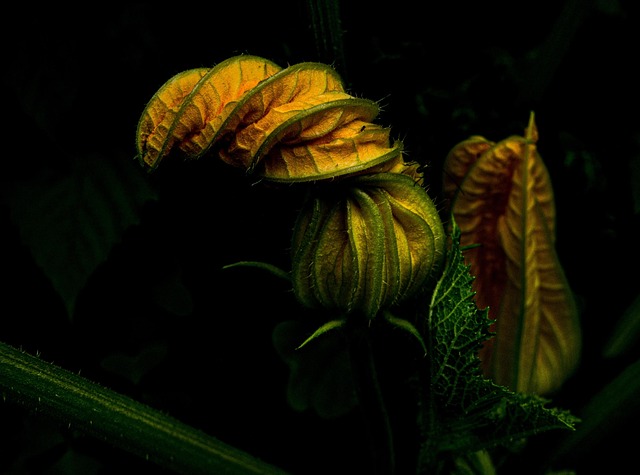When the world turns to food production, the phrase “short supply chain” often evokes images of farmers markets, community gardens, and local co‑ops. In the context of growing fresh greens at home, a short supply chain means keeping the entire journey from seed to plate within a few miles, reducing transportation, preserving freshness, and fostering a deeper connection with the food we eat. The environmental benefits are clear: fewer greenhouse gas emissions, lower energy consumption, and a smaller ecological footprint. But beyond the numbers, a short supply chain brings the rhythm of the seasons into our kitchens and a sense of stewardship over the land we cultivate.
Why a Short Supply Chain Matters for Fresh Greens
Fresh greens—lettuce, spinach, arugula, kale, and herbs—are highly perishable. Once harvested, their nutrients, texture, and flavor decline rapidly. By growing them locally, the time between cutting and consumption can be reduced from days or weeks to mere hours. This not only preserves nutritional value but also cuts the need for preservatives and extended storage. Additionally, local production diminishes the reliance on distant farms that may use intensive monoculture practices, pesticide-laden inputs, or energy‑heavy logistics. A short supply chain turns gardening into a sustainable practice that aligns with eco‑friendly principles and supports resilient local ecosystems.
Planning Your Home-Based Supply Chain
Creating a short supply chain begins with thoughtful planning. Decide whether you’ll use a balcony garden, a backyard plot, or a hydroponic system in a spare room. Each option offers distinct advantages for controlling climate, water usage, and pest management. Consider the following elements:
- Space: Even a small window sill can host basil, mint, or cherry tomatoes.
- Light: Natural sunlight, grow lights, or a combination will affect plant growth cycles.
- Water: Drip irrigation, rain barrels, or simple watering cans help conserve water.
- Soil or medium: Compost, coconut coir, or perlite can reduce the need for chemical fertilizers.
By addressing these factors up front, you’ll build a reliable short supply chain that delivers fresh greens whenever you need them.
Choosing the Right Greens for a Local, Sustainable System
Not all greens are created equal when it comes to local, eco‑friendly cultivation. Certain varieties thrive in cooler temperatures, tolerate partial shade, or require minimal inputs. The following list highlights popular, resilient greens that excel in home gardens:
- Spinach: Fast-growing, tolerant of light frost, and rich in iron.
- Lettuce (leaf and romaine): Requires moderate water, ideal for containers.
- Kale: Hardy, with a long harvest season and high vitamin content.
- Arugula: Quick to germinate, offers peppery flavor.
- Swiss chard: Bright stems, abundant leaf production.
- Herbs (basil, cilantro, parsley): Easy to grow, adds depth to dishes.
Selecting a mix of these species ensures a steady flow of fresh produce and encourages biodiversity, which supports beneficial insects and reduces pest pressures.
Building the Soil: Compost and Regenerative Practices
Healthy soil is the foundation of a sustainable short supply chain. Rather than relying on commercial fertilizers, composting kitchen scraps, yard waste, and even coffee grounds creates a nutrient-rich medium that improves structure and water retention. Composting also closes the nutrient loop: the waste of one season becomes the feedstock for the next. Here are key steps to build and maintain this regenerative soil:
- Start a compost bin or pile in a corner of your garden.
- Balance green materials (fruit and vegetable scraps, grass clippings) with brown materials (dry leaves, cardboard, shredded newspaper).
- Turn the pile every few weeks to aerate and accelerate decomposition.
- Use finished compost to top‑dress beds, mix into potting soil, or create a worm bin for additional organic matter.
“The best fertilizer comes from the farm’s own waste,” notes agronomist Dr. Elena Martinez. “When you recycle what you grow, you keep the cycle closed.”
By integrating composting into daily routines, you transform potential waste into a vital resource for your greens.
Water Management: Low‑Impact Irrigation Strategies
Water scarcity is a growing concern in many regions, making efficient irrigation essential for a sustainable short supply chain. Several low‑impact methods can be employed to conserve water while keeping greens healthy:
- Drip Irrigation: Delivers water directly to the root zone, reducing evaporation.
- Rain Barrels: Collect runoff from roofs; stored water can be used for misting or watering.
- Mulching: A layer of straw, wood chips, or leaves helps maintain soil moisture.
- Mulch‑Pots: Containers with built‑in mulch reservoirs reduce the need for frequent watering.
When combined with careful scheduling—watering early in the morning or late in the evening—you can minimize water loss and keep your greens lush without straining local water supplies.
Energy Use and Indoor Cultivation
Growing greens indoors or in controlled environments introduces energy considerations. The choice of lighting—LED versus fluorescent—can significantly affect your carbon footprint. LED grow lights are efficient, produce less heat, and have longer lifespans, making them a suitable choice for a short supply chain. Coupling lights with timers ensures consistent light cycles, crucial for leafy greens that thrive on 12–16 hours of light per day. Additionally, using solar panels or a small wind turbine to power grow lights further reduces reliance on grid electricity.
Integrated Pest Management: Reducing Chemical Use
One of the key environmental advantages of a short supply chain is the ability to manage pests naturally. When your greens grow close to you, you can observe and intervene quickly, preventing small problems from escalating into widespread infestations. Effective integrated pest management (IPM) strategies include:
- Encouraging beneficial insects like ladybugs, lacewings, and predatory mites.
- Using companion planting to deter pests (e.g., marigolds to repel nematodes).
- Applying neem oil or insecticidal soap as a last resort, ensuring they are used sparingly and in accordance with label instructions.
- Maintaining cleanliness by removing wilted leaves and plant debris that can harbor pests.
These practices keep your supply chain free from synthetic chemicals and reduce the environmental impact of pesticide runoff.
Harvesting and Consumption: The Final Link in the Chain
Harvesting at the right time is crucial for maximizing flavor and nutrition. Many leafy greens are best consumed when young and tender, but some like kale can benefit from a slight hardening period. When you harvest, do so gently to avoid damaging the plant, allowing it to continue producing new growth. Incorporating freshly picked greens into meals immediately preserves vitamins, especially water‑soluble ones like vitamin C and folate.
To extend freshness, store greens in a breathable container in the refrigerator and consume them within a few days. The quick turnaround from plant to plate exemplifies the strengths of a short supply chain—minimized transport, reduced spoilage, and vibrant flavors.
Community and Knowledge Sharing
A short supply chain thrives on community engagement. Sharing seeds, techniques, and harvests with neighbors not only spreads ecological benefits but also builds resilience. Local workshops, swap meets, and online forums can become hubs where beginners learn about composting, rainwater harvesting, and plant propagation. When communities collaborate, the collective knowledge amplifies individual efforts, ensuring that the benefits of a sustainable short supply chain are widespread.
Scaling Up: From Household to Neighborhood
While home gardening can satisfy personal cravings, scaling up to a neighborhood level can amplify environmental gains. Community gardens, pop‑up farms, and small cooperatives can collectively produce larger volumes of greens, reducing the per‑unit transport energy further. They also serve as educational spaces, inspiring residents to adopt similar practices in their own homes. Scaling requires coordination—seeking shared resources, aligning planting schedules, and ensuring equitable distribution of produce—but the payoff is a robust, eco‑friendly food system rooted in local stewardship.
Conclusion: A Greener Future Through Short Supply Chains
Growing fresh greens at home is more than a hobby; it is an act of environmental stewardship that places the planet at the center of our culinary choices. By embracing a short supply chain, we reduce carbon emissions, conserve water, promote biodiversity, and reconnect with the natural rhythms of agriculture. The knowledge of how to grow, care for, and harvest these greens empowers individuals and communities alike, creating a healthier, more sustainable food network. As the climate crisis intensifies, the humble act of cultivating greens locally becomes a powerful tool for resilience and ecological responsibility.




